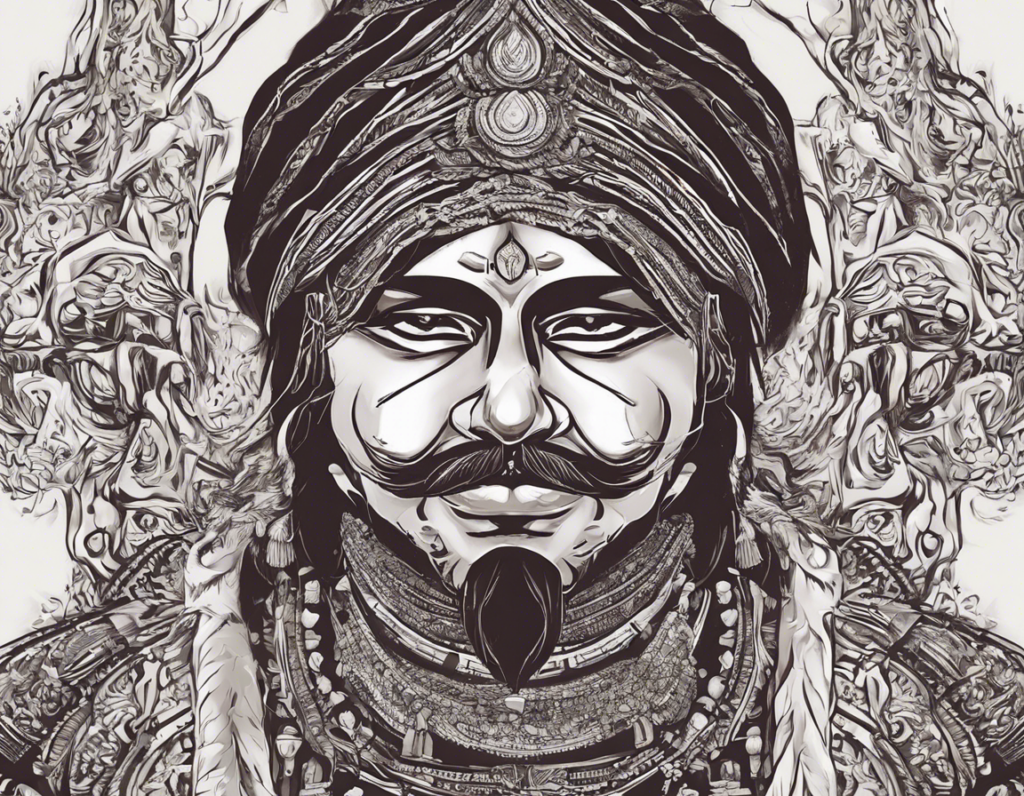Introduction
Traditional Indian art forms are deeply rooted in the country’s rich cultural heritage and have been passed down through generations. One such art form that represents the vibrant essence of Indian culture is Naa Saami Ranga. This traditional art form, originating from the village of Nellimallai in Tamil Nadu, is a celebration of color, storytelling, and community spirit. In this article, we will delve into the history, techniques, significance, and modern-day relevance of Naa Saami Ranga.
History of Naa Saami Ranga
Naa Saami Ranga has its origins in the rural village of Nellimallai, where it has been practiced for centuries. The art form is closely associated with the local religious and cultural traditions of the region, with its roots in rituals performed to appease the village deity. These rituals would often involve the creation of intricate and colorful patterns on the ground using natural materials like rice flour, turmeric, and flower petals.
Techniques and Process
The creation of Naa Saami Ranga art is a meticulous and time-consuming process that requires skill and precision. The artist begins by cleaning the chosen area and smoothening the surface. Next, a grid of dots is drawn using rice flour as a guide for the intricate patterns that will be created. The artist then uses a combination of finely ground natural pigments and dyes to fill in the designs, often using their fingers or small tools to achieve intricate detailing.
Themes and Symbolism
Naa Saami Ranga art is deeply symbolic and often incorporates themes from Hindu mythology, folklore, and nature. Common motifs include geometric patterns, animals, gods and goddesses, and elements of the natural world like flowers and trees. Each design carries its own significance, and the colors used are believed to convey different emotions and energies.
Significance in Indian Culture
Naa Saami Ranga holds a special place in Indian culture as a form of artistic expression that is deeply connected to spirituality, community, and tradition. The art form is often associated with festive occasions, religious ceremonies, and auspicious events, where the vibrant and intricate designs serve to beautify and sanctify the surroundings.
Modern-day Revival
In recent years, there has been a resurgence of interest in traditional Indian art forms like Naa Saami Ranga, as people seek to preserve and promote their cultural heritage. Artisans and organizations are working to revive and popularize these ancient art forms through workshops, exhibitions, and collaborations with contemporary artists. The modern-day revival of Naa Saami Ranga is not just about preserving a traditional art form; it is also a celebration of creativity, community, and cultural diversity.
Frequently Asked Questions (FAQs)
1. What materials are used in creating Naa Saami Ranga art?
– Answer: Naa Saami Ranga art is created using a combination of natural materials like rice flour, turmeric, natural pigments, and dyes.
2. What is the significance of the intricate patterns in Naa Saami Ranga art?
– Answer: The patterns in Naa Saami Ranga art are symbolic and often draw inspiration from Hindu mythology, nature, and local folklore.
3. Is Naa Saami Ranga art only practiced in the village of Nellimallai?
– Answer: While Naa Saami Ranga has its origins in Nellimallai, it is now practiced in various regions across India and has gained recognition on a national level.
4. How can one learn the art of Naa Saami Ranga?
– Answer: Interested individuals can learn Naa Saami Ranga art through workshops, classes, and online tutorials offered by experienced artisans and organizations.
5. What are some modern applications of Naa Saami Ranga art?
– Answer: Naa Saami Ranga art is being adapted into various modern contexts, including home decor, fashion, and graphic design, showcasing its versatile and timeless appeal.
In conclusion, Naa Saami Ranga is not just an art form; it is a living cultural legacy that continues to inspire and captivate audiences with its vibrant colors, intricate designs, and rich symbolism. By embracing and celebrating traditional Indian art forms like Naa Saami Ranga, we honor our heritage and ensure that these beautiful traditions endure for generations to come.
